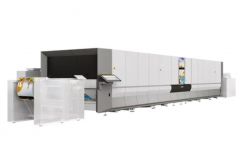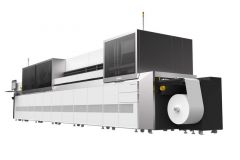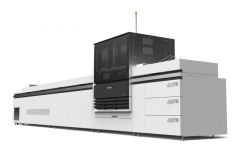After the new generation of ProStream presses canon announces the update of its monochrome toner printers with the launch of the varioPRINT 140 Quartz series.
Based on the varioPRINT 140 technology launched in 2017, this new lineup includes three models: the Canon varioPRINT 115 Quartz (at 115 pages per minute in A4 duplex), the Canon varioPRINT 130 Quartz (130 ppm) and the Canon varioPRINT 140 Quartz (140 ppm).
A temporary option to upgrade to the next model
The main innovation of these machines for small and medium volumes is the possibility of accessing the speeds of the higher models. The varioPRINT 115 Quartz and the varioPRINT 130 Quartz can be upgraded to 130 ppm or 140 ppm via a permanent or temporary option.
Companies can also increase their capacity to 2.1 million with the upgraded varioPRINT 115 Quartz model and to 2.3 million with the varioPRINT 130 Quartz model to handle seasonal peaks.
"With this option, companies gain greater production flexibility in the face of sometimes unpredictable print purchasing patterns and production volumes "says Canon.
The temporary option is monthly and can be renewed as many times as necessary during the life of the printer.
The Form Assist Module for unevenly weighted media
The second new feature in this range is the Form Assist Module. Once installed in the paper tray, this module handles special media with irregular weights, such as glued bank documents, folded media or media with cards attached.
Jennifer Kolloczek, marketing and innovation manager at Canon Europe, states: "While the digital printing industry is focused on color, monochrome will continue to represent a significant portion of total print volumes now and in the years to come. (...) By introducing a temporary speed upgrade option, we are addressing the growing challenge of predictable production volumes. Increased flexibility allows customers to invest with confidence, knowing that additional capacity will be available to absorb production peaks."












